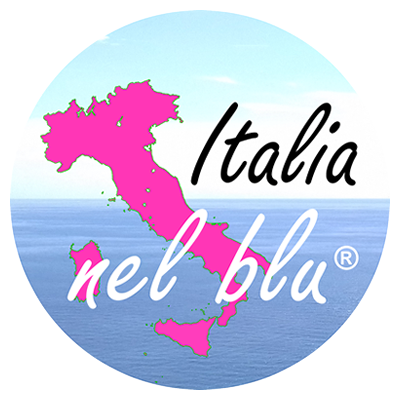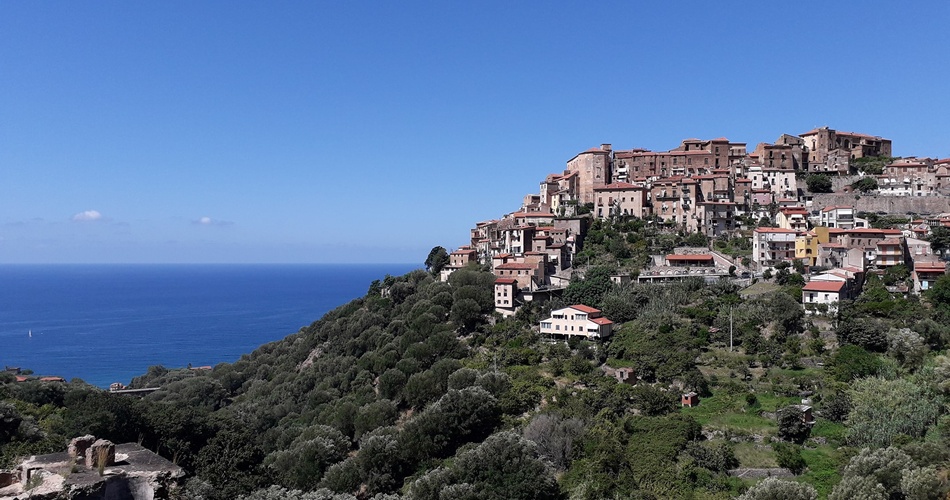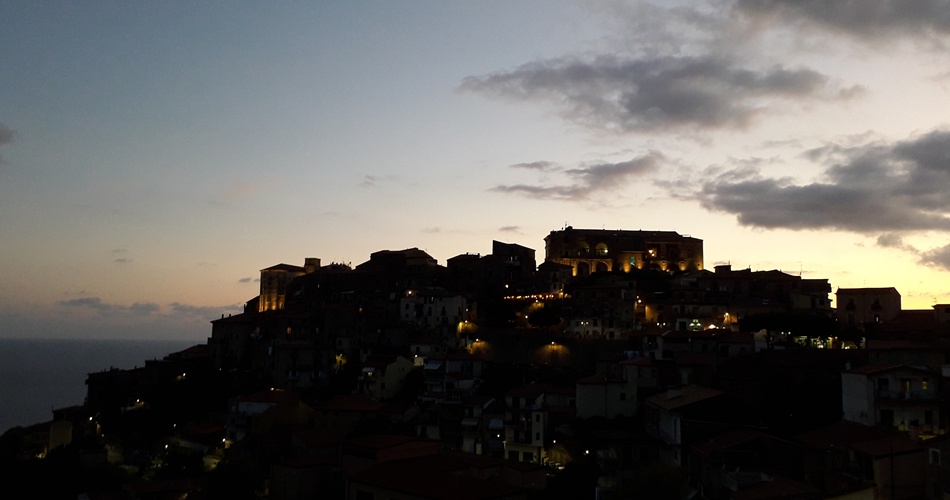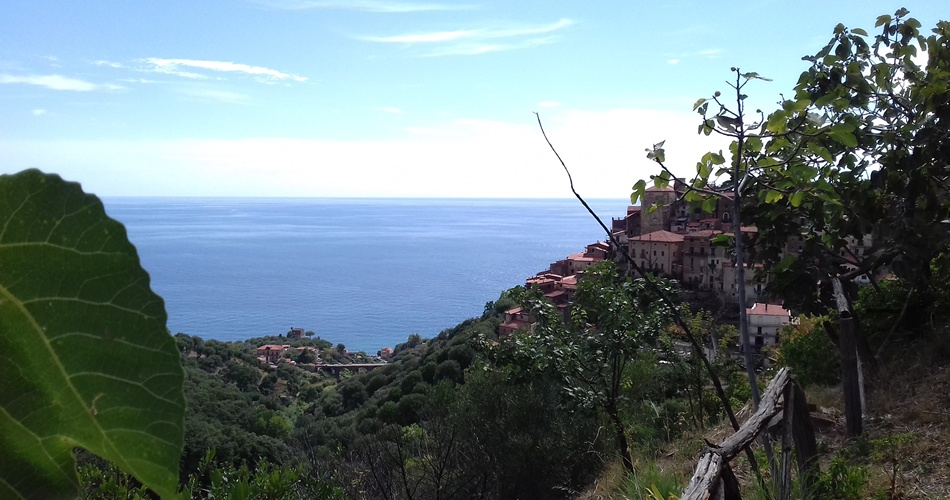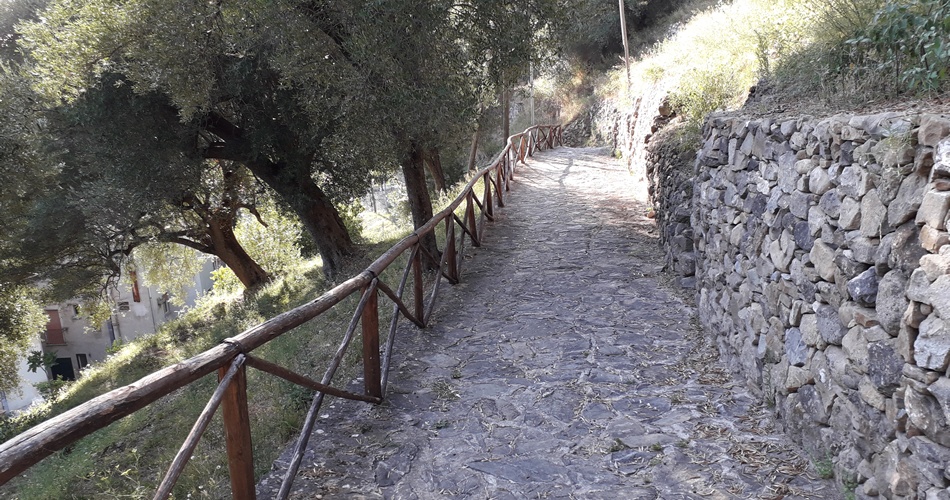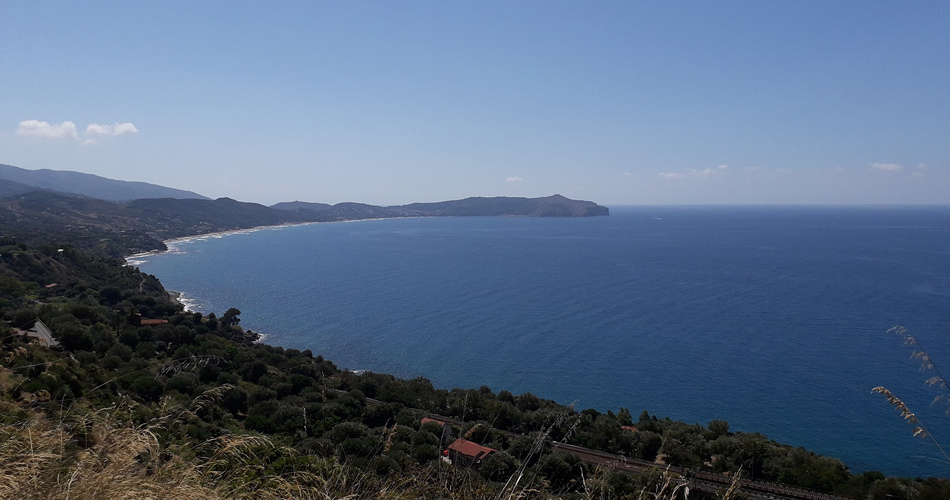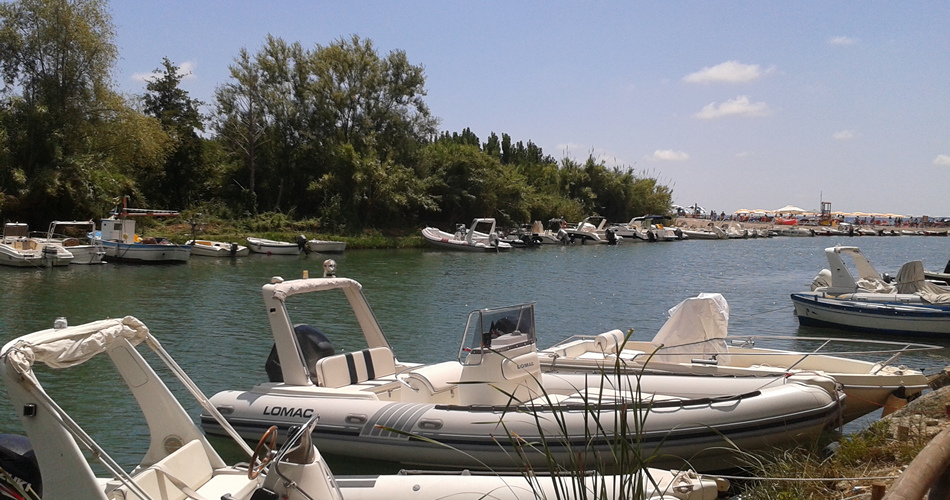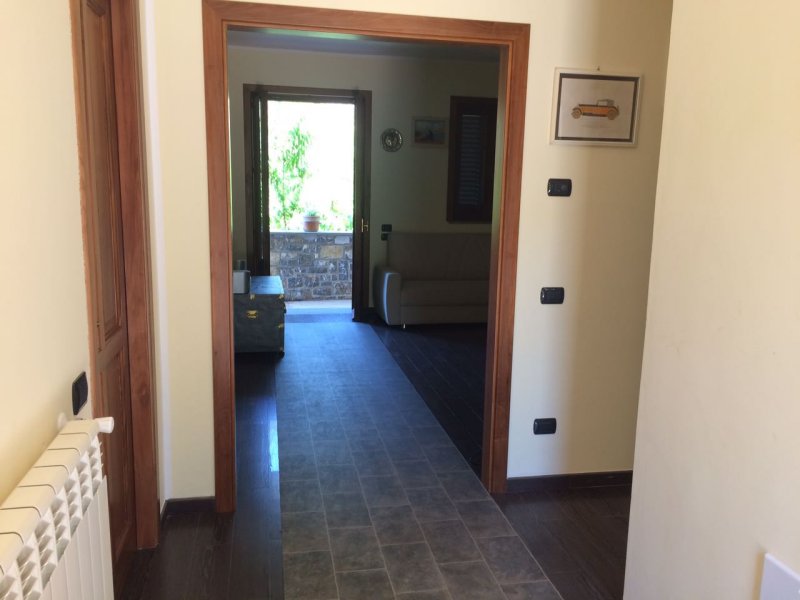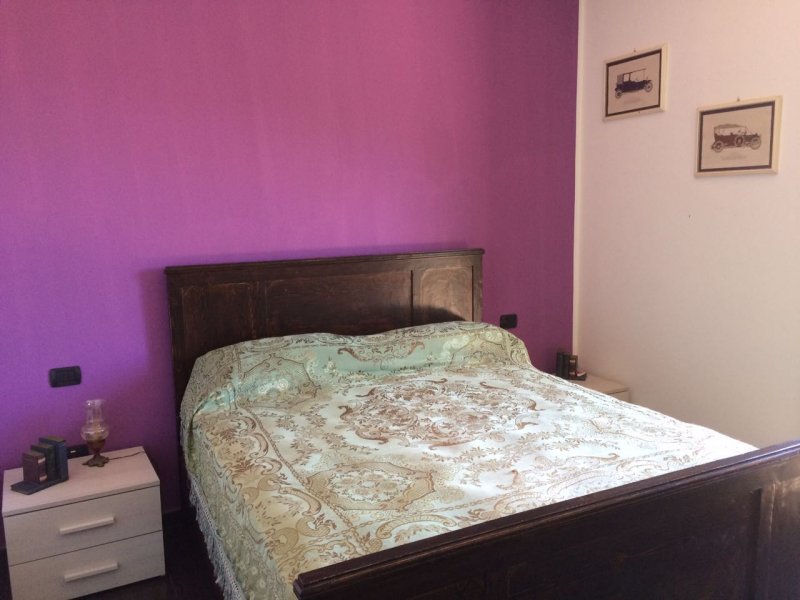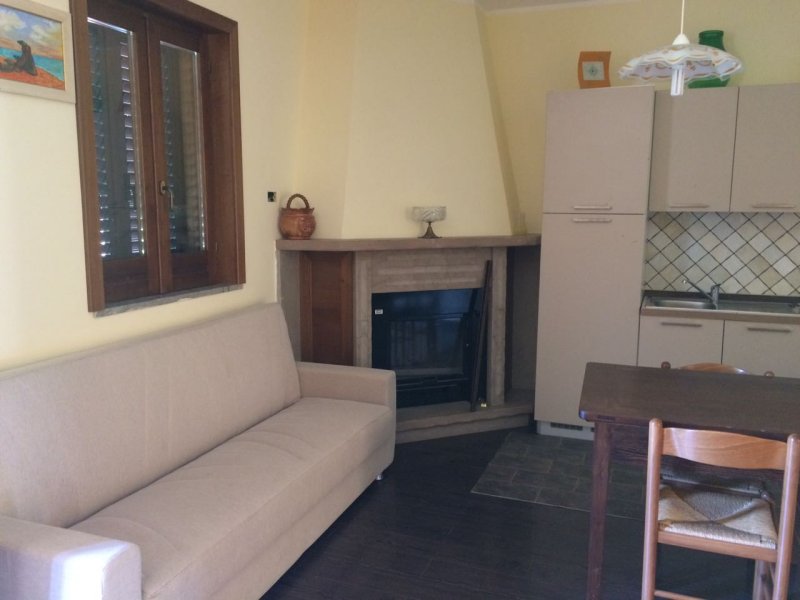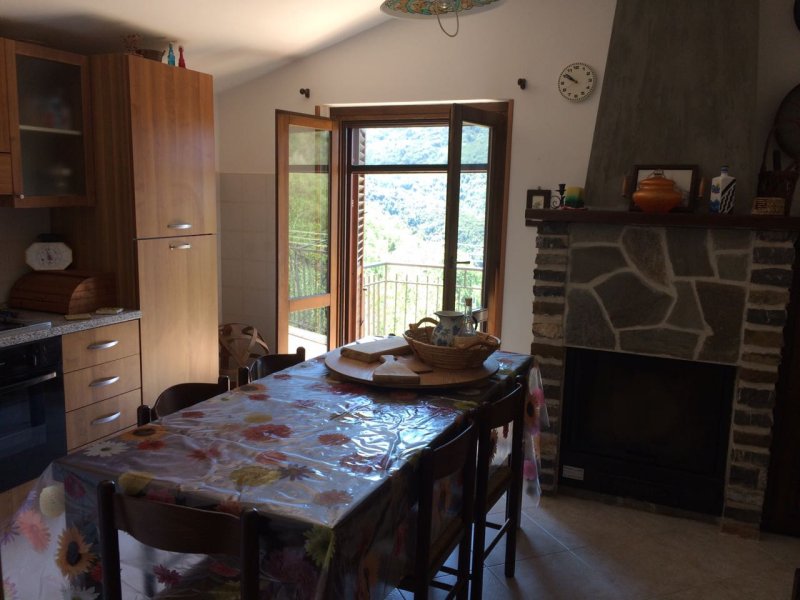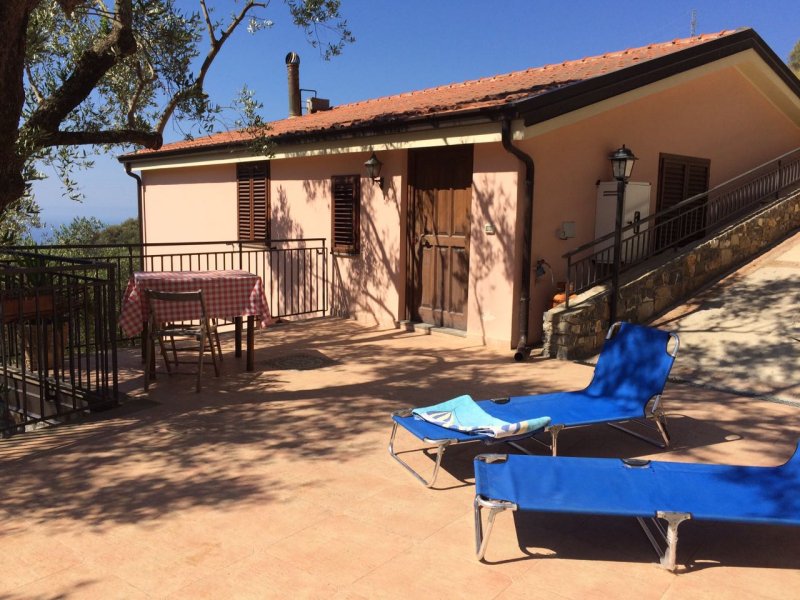Salerno: a dip in the past and in the future!
Ancient Roman colony, Byzantine castrum, city of merchants, Lombard principality and the most important center of medical studies in Europe in the Middle Ages, Salerno is a city with a flourishing past and luxuriant future, which thrives in an international perspective thanks to the urban revival started in recent years.
The ancient core and the contemporary city integrate perfectly, allowing a journey through time between past and future.
The historic center catapults us into a distant era, when ladies and knights peered at each other from afar, when princes and rulers built fortresses and manors, while silent scholars experimented secret potions in ampoules and stills.
To dominate the historical center from above is the Arechi castle, a residence desired by the Lombard Duke Arechi II, who in the eighth century. he transferred the capital of the duchy from Benevento to Salerno. The building, now recovered, houses inside a small museum where ancient relics are preserved, such as medieval ceramics and coins. A Belvedere terrace completes the work, allowing visitors to admire the city and the Gulf of Salerno from above.
Wandering through the streets of the historic center you reach the site that housed the Medical School of Salerno, the first medical institution in Europe in the Middle Ages, to which a virtual museum is dedicated which it traces the history, connected to that of the splendid Giardino della Minerva, the first botanical garden in Europe, used as an outdoor laboratory by the students of the school itself.
The pearl of the historic center is the Duomo, Cathedral of San Matteo, an amazing example of medieval architecture. The large atrium surrounded by a 28 column portico welcomes us in a mystical atmosphere, which continues inside, where we find splendid mosaics, polychrome tesserae floors, the treasures of the Treasury Chapel, with Gothic reliquaries, and the Crypt, in baroque style.
Salerno is a city where art is breathed together with the saltiness, between the typical craft shops and the new buildings resulting from the urban restyling, but visiting Salerno is taking a trip into history not only for its monuments, but also for some important episodes that happened here. Among them, the allied landing in September 1943, which saw Anglo-American troops land in the Gulf to start the operation that gradually freed Italy from the German occupation and the turning point of Salerno, put in place by Palmiro Togliatti, with which the PCI postponed the decisions on the institutional structure of the Italian State at the end of the war, placing as the fight against Nazi-fascism is a top priority.
Per chi voglia risalire all'origine multiculturale di Salerno, come crogiuolo di civiltà, immancabile la visita alla vicina Area archeologica di Fratte, appena fuori il centro abitato, dove si trovano resti di edifici del VI secolo a. C., frutto di insediamenti condivisi da etruschi, greci e autoctoni.
For those who want to go back to the multicultural origin of Salerno, as a melting pot of civilization, a visit to the nearby Archaeological area of Fratte, just outside the inhabited center, where there are remains of 6th century BC buildings. C., the result of settlements shared by Etruscans, Greeks and natives.
Furthermore, the city, benefiting from a mild climate for most of the year, can also be visited in winter. Indeed, just in this period, it comes alive with the glitter of the Luci d'artista, a renowned event that colors the city with bright works installed for the Christmas holidays, usually on display from November to January. To discover the city under this guise and in a suggestive and sparkling path, you can book a real trek on the lights with local operators.
